Breathe Better: 3 simple techniques you probably didn't know about that will change your breath and your life
Train your tongue; don't be a belly-breather; palms up. These practices will help bring peace and clarity in body and mind.
Here are three simple techniques that will immediately enhance your breathing to help you regulate your mood and bring you clarity and peace, both mental and physical. Sounds like an over-promise, but I promise they will work. They are easy to master, but the reward is in the practice. Return to them every time they come to mind, every hour, every day.
1. Train that tongue.
Quick—put down that coffee and stop talking. Take a deep breath. Where is your tongue right now? Is it—
nestled at the bottom of your mouth or
tucked beneath your lower teeth or
on the roof of your mouth?
Notice what you found, and start the exercise:
Place your tongue behind your front teeth and suction it lightly to the roof of your mouth as if to make a soft clucking noise. Keep your lips closed, teeth slightly parted.
Inhale through your nose slowly to the count of 1 - 2 - 3 - 4. Exhale through your nose 4 - 3 - 2 - 1.
Repeat the cycle four times. Were you able to maintain the tongue posture?
Do this exercise throughout the day, whenever it occurs to you.
Why this matters:
The tongue is a powerhouse organ with deep anatomical connections throughout the body, all the way down to your pelvic floor and feet. When your tongue’s not busy wagging and tasting, its resting position has profound ramifications for your breath, posture, stability, and general health.
2. Don’t be a belly-breather.
Raise your hand if you’ve been asked to “belly breathe” in yoga class.
Raise your hand if you thought, wait a minute, that doesn’t make sense.
And you would be right. It is physically impossible to breathe with your belly. It is, however, easy to use your abdominal muscles to expand your belly without even breathing at all. Try it: hold your breath and fake a belly breath. (Right?)
“Belly breathing” is a metaphor for the purposes of visualization to encourage deeper, slower breathing. Some call it “diaphragmatic breathing,” which it is—because all breathing, even inefficient breathing, involves the diaphragm.
A better metaphor is 360°Breathing. Let’s do it:
Grab a strap, scarf, or dog’s leash and wrap it around your chest at about the bra line. (You know where that is even if you don’t wear one.) Tie it just tight enough to feel a light hug.
Sit in a comfortable position, spine long. Feel your sitting bones beneath you.
Inhale through your nose, tongue to the roof of your mouth as above, expanding your breath in 360 degrees. Let your sitting bones widen to ensure your pelvic floor is descending. Feel the pressure of the strap or scarf against your ribcage on the sides, front, and back.
Exhale and repeat the cycle four times. By the way—did you remember your tongue posture?
Why this matters:
Your lungs live inside the ribcage just above the respiratory diaphragm, which is the muscle that divides your thorax from your abdomen. When you inhale, your diaphragm descends a few centimeters into the abdominal cavity. A few centimeters—all that dramatic abdominal expansion in yoga class is belly-theater. As the diaphragm descends, your intraabdominal pressure increases, and the pelvic floor diaphragm also descends (or is supposed to.) At the same time, the muscles between the ribs (intercostals) contract, expanding the ribcage and decreasing the pressure in the thoracic cavity so the lungs fill with air. (Can we pause here to say, wow, what a cool design!) Forcing your breath down into the “belly” creates too much downward pressure and limits lung expansion, creating core instability. Belly breathing can lead to back pain and pelvic floor dysfunction, particularly if your pelvic floor is hypertonic (tight.) This is a problem that affects humans of all genders.
3. Palms up.
Try this:
A. Gyan Mudra
Sitting in that comfortable upright positing, spine long, sitting bones beneath you, turn your palms DOWN and touch your INDEX fingers to your thumbs.
Tongue to the roof of your mouth, do your 360° inhale, and exhale slowly through your nose. Repeat a couple of times.
Where do you feel your breath?
Now this:
B. Prithvi Mudra
Sitting in that comfortable upright positing, spine long, sitting bones beneath you, turn your palms UP and touch your POINTER fingers to your thumbs.
Tongue to the roof of your mouth, do your 360° inhale, and exhale slowly through your nose. Repeat a couple of times.
Where do you feel your breath?
You probably answered “lower in the abdomen” for A and “higher in the ribcage” for B.
Mudras are symbolic hand gestures used in yoga and meditation. You may have used them in the past. For the context of this discussion, these gestures also have a powerful biomechanical influence on your breathing.
Gyan Mudra (thumbs to pointer fingers) symbolizes wisdom, focus, and clarity. When your palm faces down, your hands and forearms pronate, causing your ribs to rotate internally into a closed position. Your shoulders and back tend to round, and the air is forced down, expanding your belly.
Prithvi Mudra (thumbs to ring fingers) symbolizes the earth, healing, and spiritual balance. With your palms facing up, your hands and forearms supinate, helping your ribcage externally rotate and expand.
Why this matters:
Most of us, most of the time, are stuck in an inwardly rotated posture. Shoulders rounded, ribs closed down, unable to get a full breath. Opening your palms opens the curtains of your ribs, allowing your lungs to fill with air. You can practice Prithvi Mudra throughout the day, any time your hands aren’t working—in a meeting, walking down the street. We all need more of this! Throughout your day, turn your palms up to let the air in.


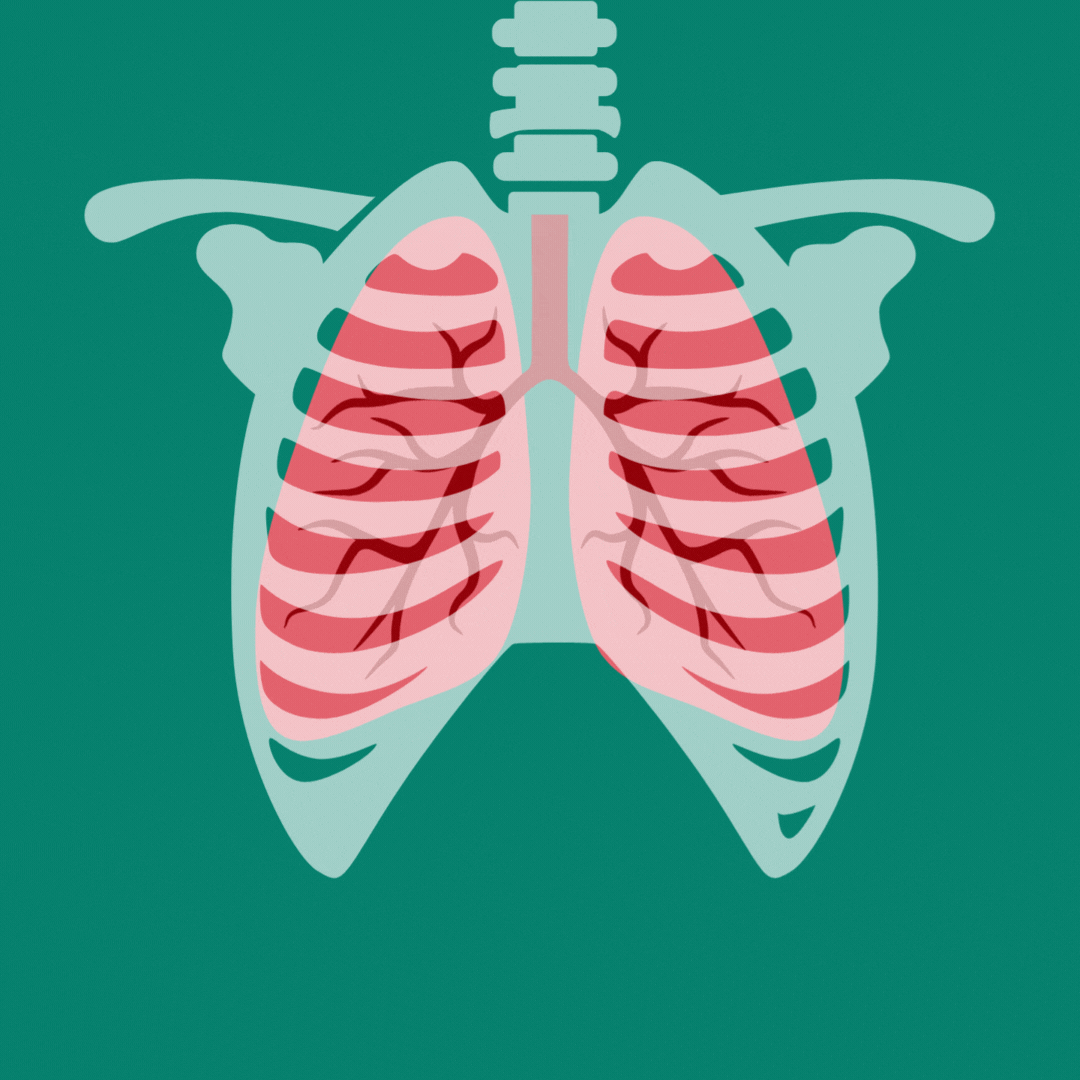
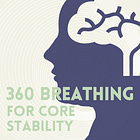
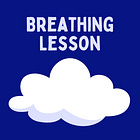

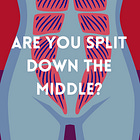
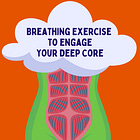
peace. clarity. lord knows I am in need.
So interesting; good instructions. Trying it!